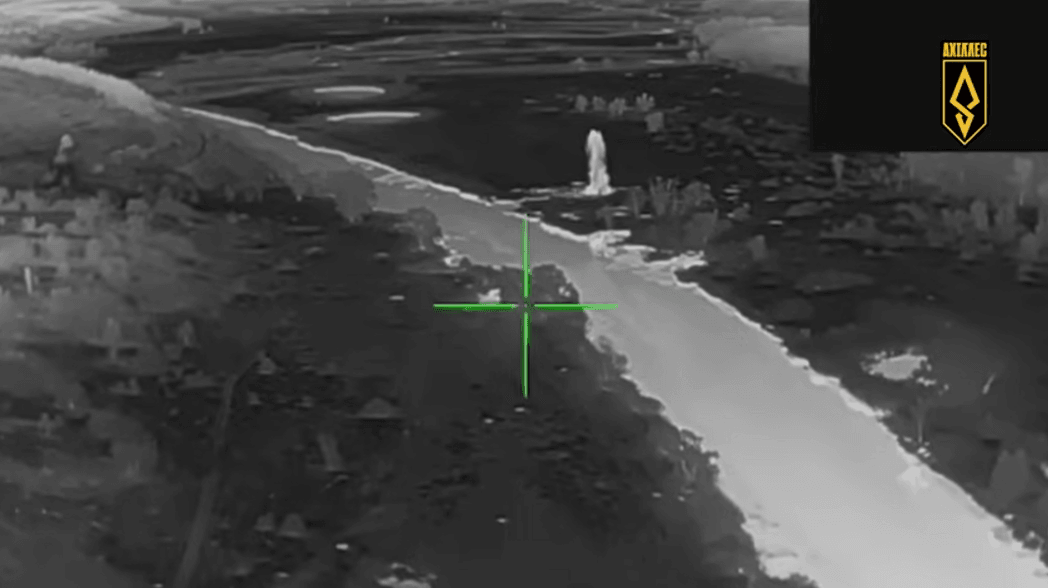HUR exposes foreign-made backbone of Russia’s Shahed-107 drone striking Ukraine’s front line

Ukraine's military intelligence agency has revealed new details of Russia's Shahed-107 attack drone used to strike front-line areas, publishing technical data on Nov. 25 that it says show the drone is packed with foreign-made components despite Western sanctions.
As is the case with other types of Shahed drones, Iran and Russia rely on electronic components from Western and other countries, such as the U.S., Switzerland, China, Japan, Taiwan, the Netherlands, and Ireland, for Shahed-107 production, according to HUR.
"Iranian weapons continue to undergo combat testing on Ukrainian soil — in confrontation with Western defense technologies," HUR, subordinate to the Defense Ministry, said on Telegram.
"The technological data obtained by the aggressors can be used in future destabilizing actions in various regions of the world," it added, warning that the arrival of Shahed-107 in Russia "is further evidence of the deepening cooperation between Tehran and Moscow."
Front-line soldiers and experts reported an increase in Russia's Shahed drone usage on the front line, rather than in the rear, in recent months — further complicating Ukrainian logistics.
The interviewees who spoke to the Kyiv Independent in August believed that Russia is likely looking to conserve KAB guided aerial bombs where possible to prepare for a long war ahead.
Russian troops have been deploying Shahed-type drones, relatively cheap, self-destructing loitering munitions for nearly a year on the front, but they appear to be building additional launch sites, such as at the Russian-occupied Luhansk airport, to further intensify their usage, Ukrainian aviation expert Anatolii Khrapchynskyi said in August.
HUR said the Shahed-107, first unveiled by Iran's Islamic Revolutionary Guard Corps in June amid intensifying Israeli-Iranian hostilities, carries a 15-kilogram fragmentation warhead similar to other Shahed models. The drone is made of carbon fiber and aluminum and has an X-shaped tail for stabilization. HUR added that it has a fuel capacity of 28 liters and a range of about 300 kilometers (around 186 miles).










